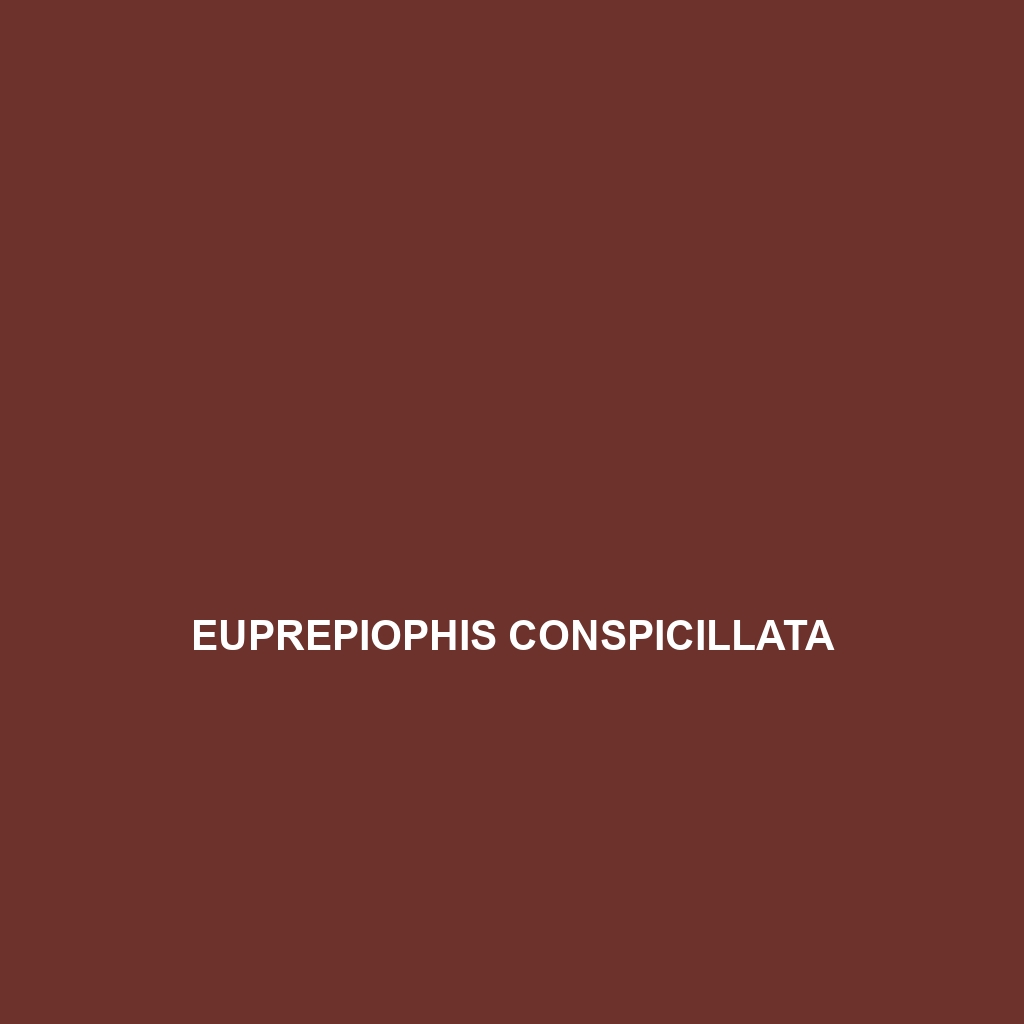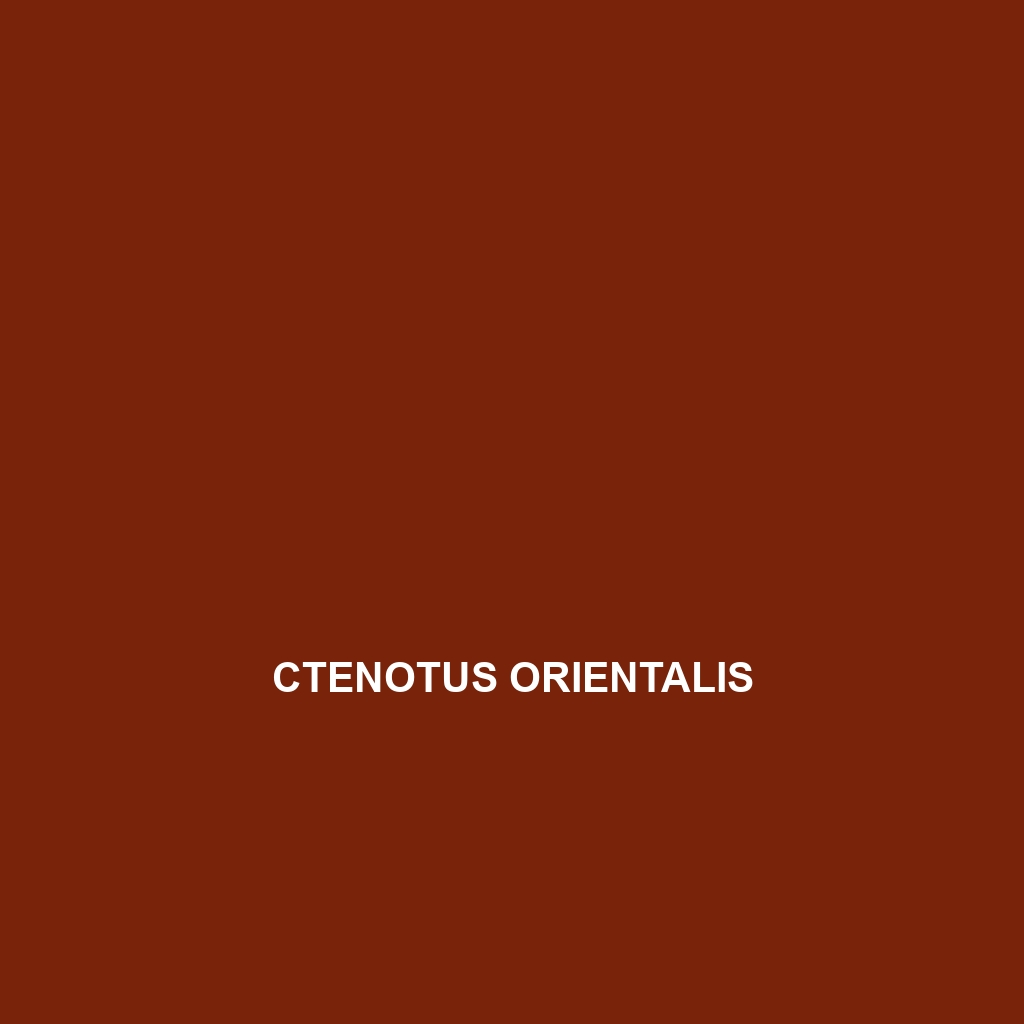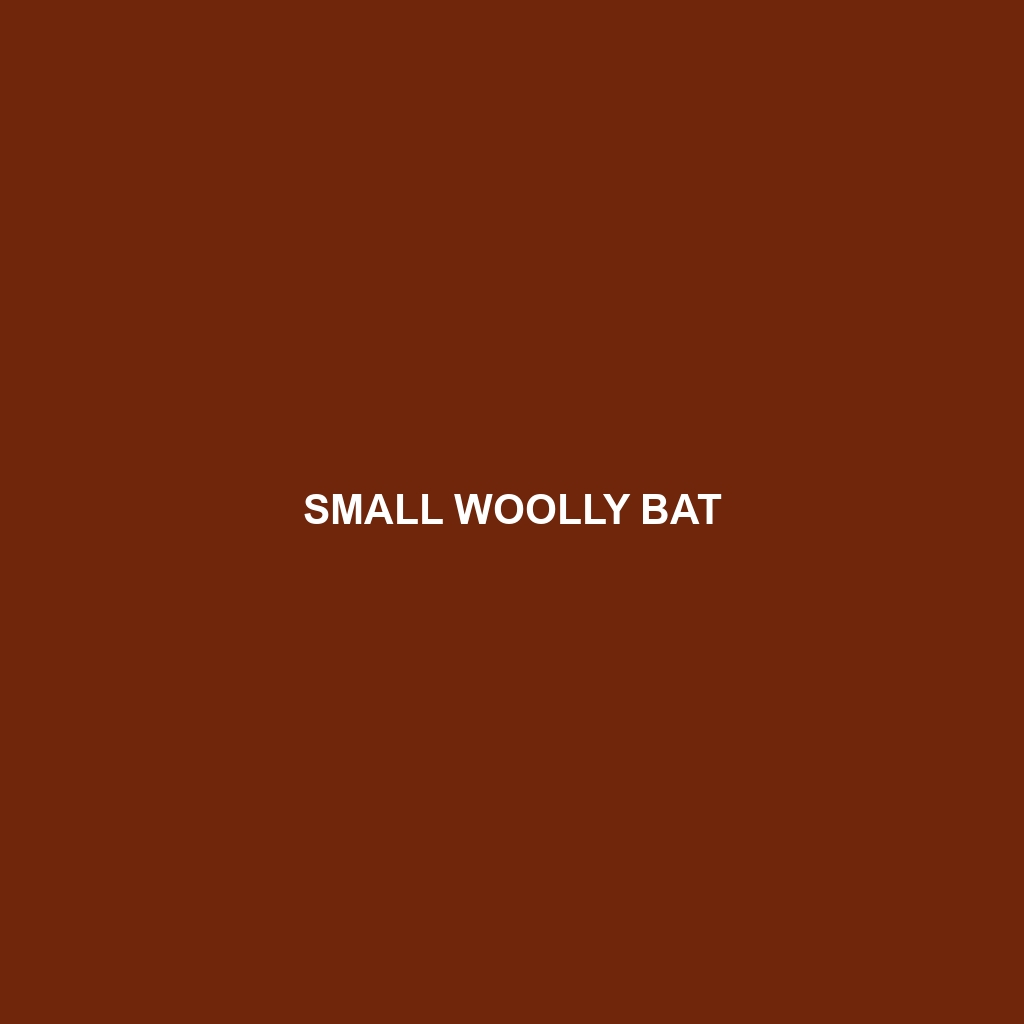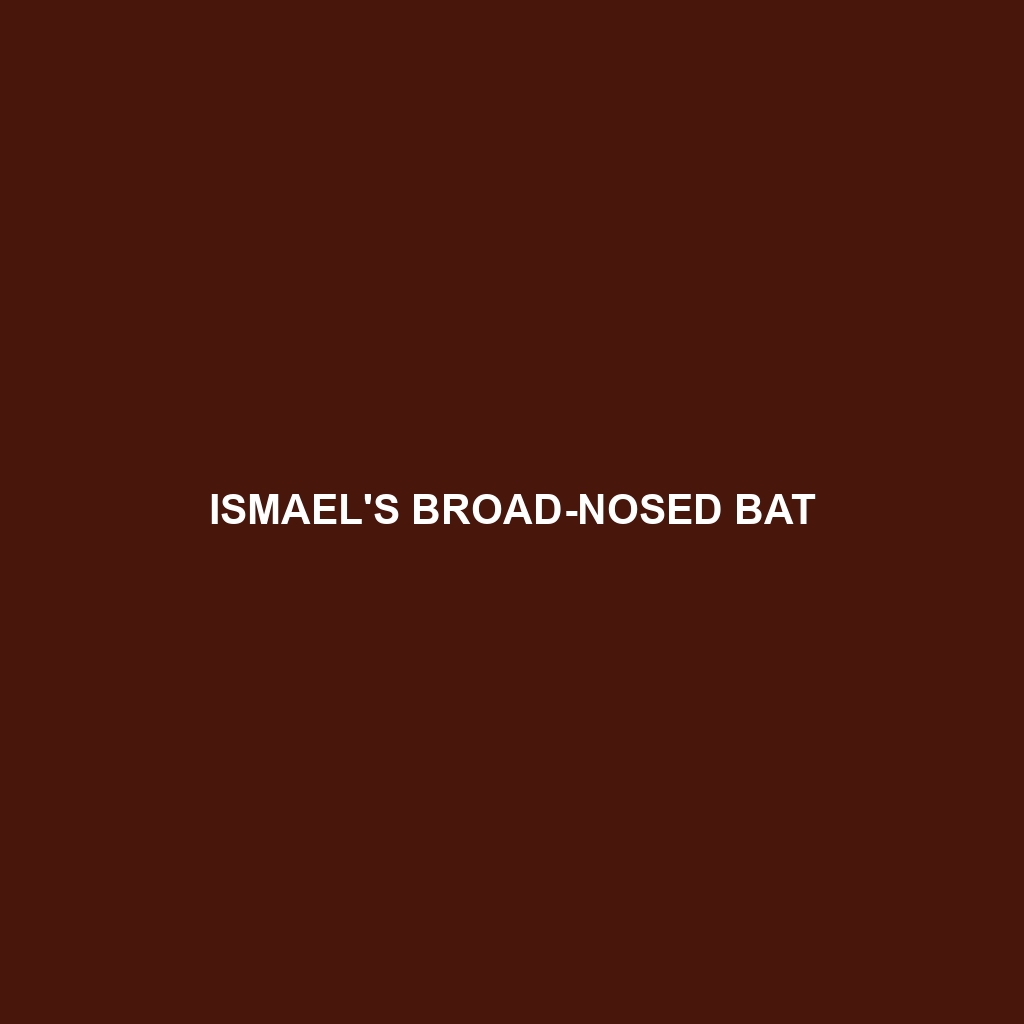Gallagher's Pristurus (Pristurus gallagheri) is a slender, nocturnal lizard native to the subtropical regions of East Africa, featuring smooth, reflective skin in shades of green, brown, and tan. As an insectivore, it plays a vital role in controlling insect populations while facing vulnerabilities due to habitat loss and environmental degradation.
Tag: natural ecosystems
Pristurus gallagheri
Gallagher's Pristurus (Pristurus gallagheri) is a slender, nocturnal lizard native to the subtropical regions of East Africa, featuring smooth, reflective skin in shades of green, brown, and tan. As an insectivore, it plays a vital role in controlling insect populations while facing vulnerabilities due to habitat loss and environmental degradation.
Hemidactylus platyurus
<b>Hemidactylus platyurus</b>, also known as the Flat-tailed House Gecko, is a nocturnal insectivore originating from Southeast Asia, characterized by its distinctive flattened tail and ability to thrive in diverse habitats, including urban areas. With a smooth skin texture and a diet primarily consisting of insects, this adaptable species plays a vital role in controlling pest populations and maintaining ecological balance.
Gehyra australis
<p>The <b>Gehyra australis</b>, or Australian flat gecko, is a small to medium-sized lizard known for its flattened body and speckled coloration, allowing for excellent camouflage in diverse habitats across Australia and New Guinea. Primarily nocturnal and insectivorous, this adaptable species plays a crucial role in regulating insect populations while serving as prey for larger predators.</p>
Euprepiophis conspicillata
The Euprepiophis conspicillata, also known as the Japanese rat snake, is a strikingly beautiful species native to Japan, Korea, and eastern China, measuring between 120 to 200 cm in length and exhibiting a vibrant mix of brown and yellow with dark stripes. This diurnal predator plays a vital role in controlling small mammal and bird populations while thriving in diverse habitats, from temperate forests to agricultural fields.
Ctenotus pallescens
Discover the Ctenotus pallescens, a medium-sized skink native to southeastern Australia's semi-arid regions, known for its agile movements and excellent camouflage with grey to light brown coloration. This diurnal species feeds primarily on insects and plays a crucial role in maintaining ecosystem balance as both predator and prey.
Ctenotus ora
Discover the Ctenotus ora, an agile sand skink native to Australia's arid regions, characterized by its light brown to grey coloration, distinctive darker stripes, and insectivorous diet. This diurnal lizard plays a vital role in its ecosystem, controlling insect populations while serving as prey for various predators.
Small Woolly Bat
Explore the fascinating world of the Small Woolly Bat</b>, a nocturnal creature found in temperate forests, grasslands, and wetlands across North America, Europe, and Asia. This <i>[Insert Scientific Name]</i> species, known for its soft, dense fur and agile flight, plays a crucial role in maintaining ecological balance by controlling insect populations and supporting biodiversity. Discover their unique behaviors, diet, and the conservation challenges they face in our latest blog post.
White-lined Broad-nosed Bat
Discover the unique behaviors and critical ecological role of Ismael's Broad-nosed Bat, a nocturnal insectivore native to Central America's lush forests. With its distinctive broad nose and exceptional echolocation abilities, this vulnerable species faces threats from habitat loss but remains crucial in controlling insect populations and maintaining ecosystem health. Learn more about their fascinating characteristics, social behaviors, and the ongoing conservation efforts aimed at protecting their habitats.








